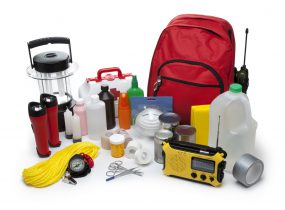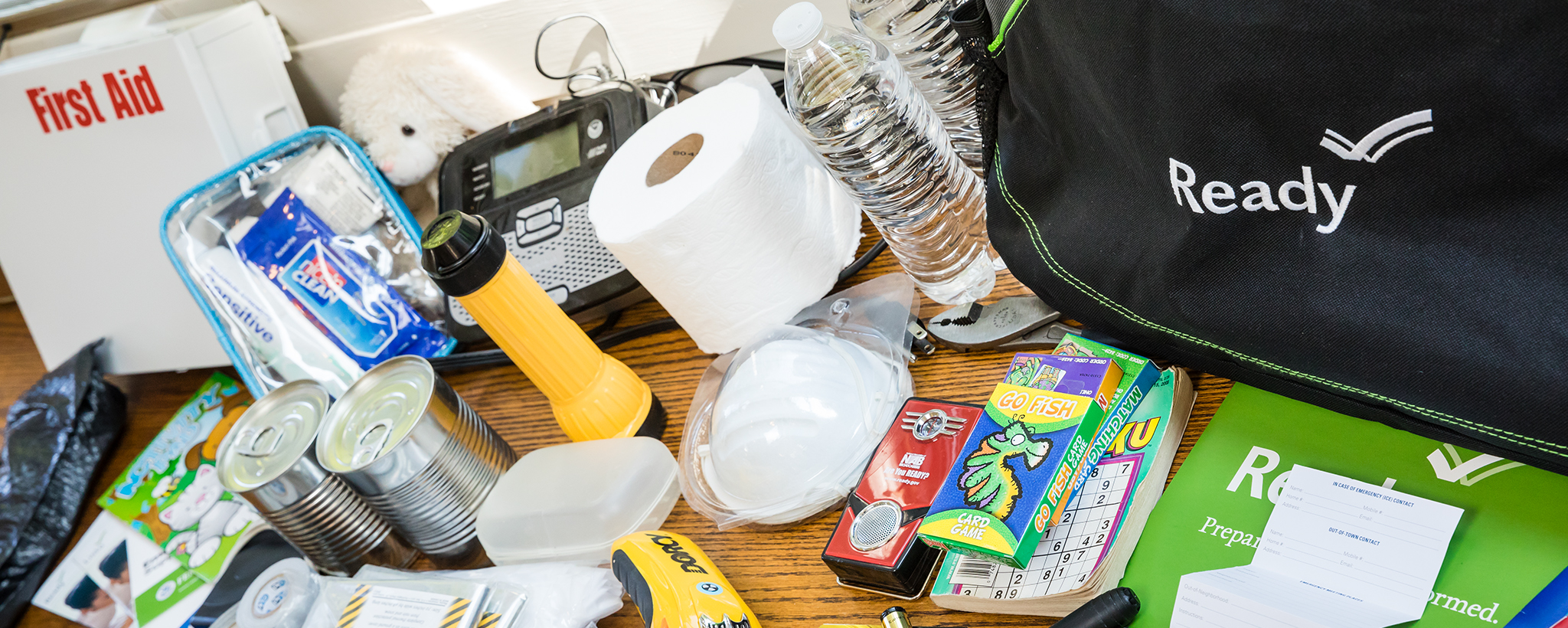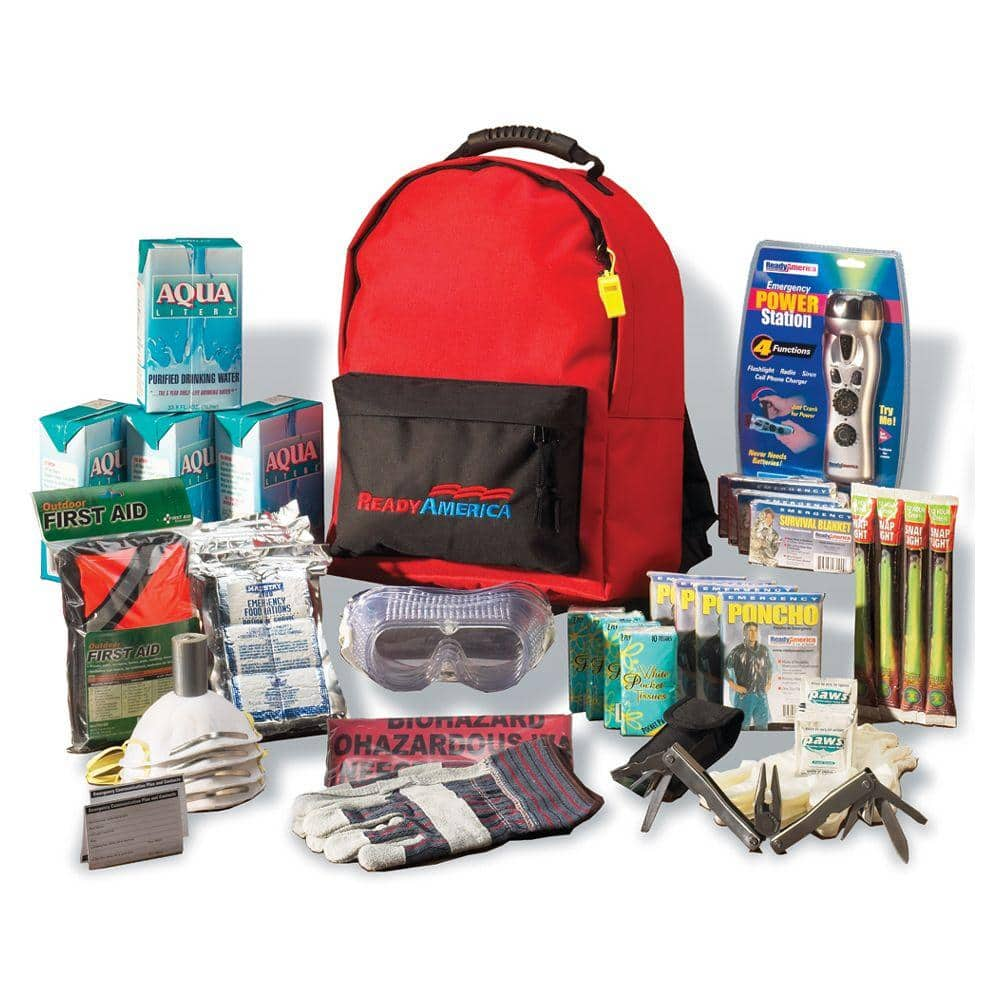Mastering the Art of Emergency Preparedness: Specialist Tips
Whether it be an all-natural disaster, a clinical emergency, or an unexpected situation, being prepared can make a significant distinction in the outcome. Grasping the art of emergency situation readiness needs a mix of understanding, preparation, and strategic thinking.
Value of Emergency Readiness
Emergency preparedness is a vital element of ensuring the safety and health of individuals and areas in the face of unforeseen catastrophes and emergencies. EMERGENCY PREPAREDNESS. Being prepared can considerably minimize the impact of natural calamities, accidents, or various other situations that may occur. By having a well-thought-out emergency plan in position, individuals and neighborhoods can react successfully, potentially minimizing and conserving lives damage
One vital reason why emergency readiness is necessary is that it assists in decreasing panic and confusion throughout a dilemma. When people are conscious of what to have and do exercised emergency procedures in advance, they are most likely to continue to be tranquil and make sensible decisions in difficult situations. This can bring about a more efficient and organized action, helping in the defense of lives and property.
Moreover, emergency preparedness promotes strength within areas. By spending time and resources into readiness actions such as training, drills, and facilities renovations, areas can recuperate quicker after a catastrophe. This strength is essential for lasting recovery and sustainability, guaranteeing that areas can endure future emergency situations.

Structure a Comprehensive Emergency Plan
Because of the vital duty emergency preparedness plays in alleviating the effect of disasters and cultivating neighborhood resilience, the foundation for reliable action hinges on constructing a detailed emergency strategy. EMERGENCY PREPAREDNESS. An extensive emergency situation plan works as a roadmap for organizations and areas to effectively coordinate sources, reply to dilemmas, and make certain the safety and security and well-being of individuals throughout emergency situations
Key elements of a thorough emergency strategy include risk assessment, identification of prospective risks, establishment of interaction methods, classification of obligations and roles, and routine training and drills. By carrying out comprehensive risk analyses, companies can recognize vulnerabilities and focus on areas for reduction. Developing clear communication methods guarantees that details is shared effectively during emergencies, promoting timely decision-making. Marking functions and obligations clarifies the chain of command and advertises a collaborated response effort. Routine training and drills aid familiarize people with emergency situation procedures, making sure a swift and reliable action when a situation occurs. Eventually, a comprehensive emergency strategy contributes in boosting preparedness, action abilities, and overall strength when faced with disasters.
Necessary Supplies and Resources
When planning for potential calamities, making certain access to important supplies and sources is extremely important for effective emergency reaction and durability. Equipping up on non-perishable food items such as find more canned items, healthy protein bars, and dry goods is vital to maintain individuals and family members during times of dilemma when accessibility to fresh food may be limited (discover this info here). In addition, keeping a sufficient water supply, with a minimum of one gallon per person daily for a minimum of 3 days, is essential for hydration and hygiene needs
Basic medical supplies including bandages, bactericides, medications, and a very first help kit are crucial for attending to injuries and illnesses that might occur throughout emergency situations. Flashlights with additional batteries, a multi-tool, and blankets must additionally be included in emergency situation supply kits to offer light, help in navigation, and make sure heat and convenience.

Communication Techniques Throughout Emergency Situations
Efficient communication techniques play an essential duty in making sure prompt and accurate dissemination of information during emergencies. Succinct and clear interaction is vital for coordinating reaction efforts, giving directions to the public, and maintaining everybody informed regarding the advancing circumstance.
Throughout emergency situations, it is very important to designate a spokesperson or a central communication group to ensure consistency in messaging and avoid complication. This designated person or group should be trained in crisis interaction and qualified of providing info in a tranquil and calming manner. Furthermore, developing a system for two-way interaction can assist gather real-time responses from the affected individuals and resolve their demands better.
Moreover, utilizing technology such as emergency alert systems and communication apps can improve the dissemination of vital details and facilitate rapid reaction initiatives. By carrying out these interaction companies, approaches and communities can improve their emergency preparedness and reaction capabilities, ultimately saving lives and minimizing the impact of disasters.
Training and Method for Preparedness
A crucial element in making sure readiness for emergencies is the implementation of routine training and practice to boost feedback abilities and readiness - this website. Through consistent training, emergency -responders can acquaint themselves with protocols, devices operation, and decision-making processes, eventually enhancing their effectiveness throughout crises
Educating sessions need to mimic practical emergency situations to offer -responders with hands-on experience in a controlled atmosphere. These simulations allow people to practice their roles, test communication systems, and determine areas for renovation without the pressure of a genuine emergency situation.
Routine drills and workouts likewise assist groups build cohesion and sychronisation, making sure that everybody understands their obligations and can collaborate perfectly when confronted with a dilemma. In addition, debriefing sessions following training workouts permit constructive feedback and the chance to find out from any type of mistakes made.
Conclusion
Finally, mastering the art of emergency situation readiness needs a thorough strategy, essential products, efficient interaction techniques, and routine training. By focusing on readiness and taking positive actions, communities and individuals can better react to emergencies and alleviate prospective dangers - EMERGENCY PREPAREDNESS. It is essential to stay educated, stay prepared, and continuously improve emergency reaction techniques to make sure the safety and wellness of all individuals involved

In conclusion, grasping the art of emergency preparedness calls for a detailed plan, crucial materials, efficient interaction strategies, and regular training.